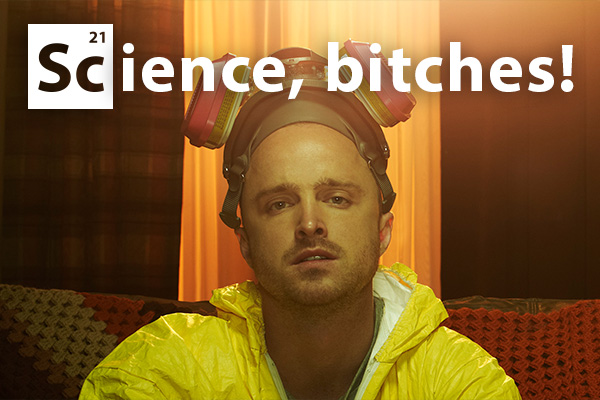Science, Bitches | Issue 15
Love your bugs
It’s perfectly healthy to be covered in bacteria. They are everywhere – from your eyelashes to your toes, all over your skin, in your gut, under your nails and up your nose. Most of these are non-harmful, or commensal, bacteria. It’s a win-win situation, really; we provide them with a warm, safe, and nutritious home, and they help our gut develop, strengthen our immune system, give us a hand with digestion, and even protect us from disease. What? Bacteria keep us healthy? Yeah, you heard me.
Not all bacteria are commensal, as I’m sure you’re aware. Pathogenic bacteria can cause everything from pimples to, well, death. It’s not like they’re out to get us, they just want a free ride on the gravy train that our commensals have. Often the symptoms of bacterial diseases are either ways for them to spread to more people (coughing, diarrhoea), or your body trying to get rid of the infection (inflammation, fever). All they need is a small bit of real estate on your body to get started. And that’s where our handy-dandy commensals come in!
If every little bit of our body is occupied by good bacteria, there’s no room for the bad ones. Just by existing, our bacterial buddies are protecting us from diseases. This is pretty effective, in combination with our damn fine immune system, but sometimes pathogens slip through the cracks and make us sick.
Back in the day, this was pretty bad news – until penicillin came along in the middle of the 20th century, the miracle drug that could cure infections. Now we’ve got a whole range of antibiotics, and while they’re great, they’re not very specific. So while they might kill the pathogen, they can also kill a lot of your friendly commensals. Once they’re gone, there’s nothing to stop more pathogens setting up shop, particularly in your gut. So you take more antibiotics to stop that infection, which kills more of your commensals, so there’s nothing to stop the next infection, so you take more antibiotics … This vicious cycle can result in a condition called Antibiotic Associated Colitis: chronic inflammation and infection of your intestines. Not pleasant.
More antibiotics won’t help, since really what you need is your commensals back. But how? A healthy gut is a whole ecosystem of bacteria, which is why they’re called your microflora. About 500 different species coexist in there, many of which we can’t grow in the lab. So we can’t just grow them up and feed someone an ecosystem (although people are trying!). Probiotics contain some commensal bacteria, which is why they’re recommended to take with antibiotics, but there’s not much proof that they can either prevent or treat Antibiotic Related Colitis. So yoghurt might be nice, but won’t do a lot of good. But there is one great source of intestinal ecosystems: Poop.
Faecal transplants are a last resort treatment for Antibiotic Associated Colitis. Literally, they’ll take someone’s poo (preferably a healthy relative or partner) and “recolonise” your intestines.



